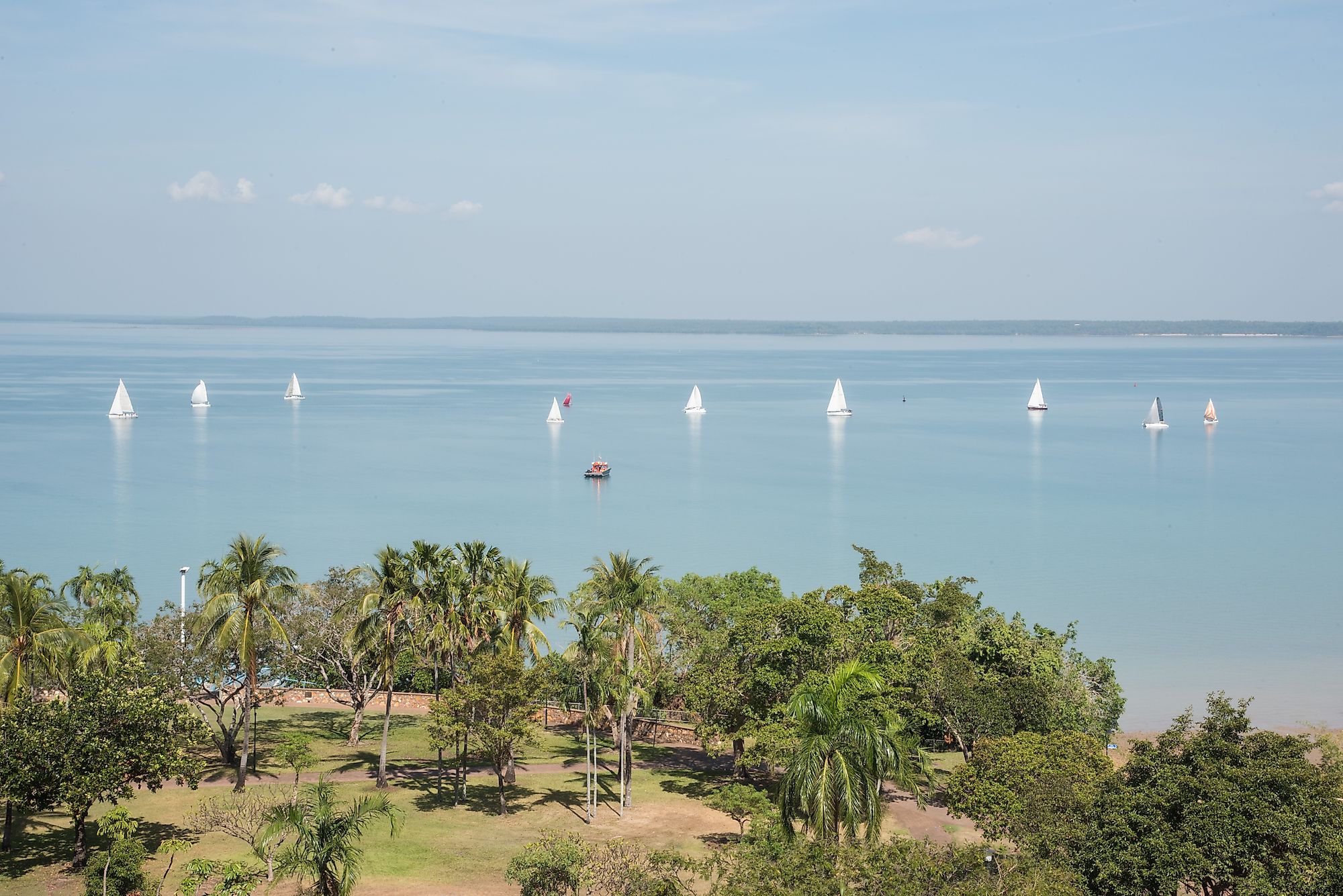
Timor Sea
The Timor Sea is an extension of the Indian Ocean that is bounded by the island of Timor to the north, by the Commonwealth of Australia in the south, and by the Arafura Sea in the east. The sea covers an area of approximately 610,000 sq. km and has a maximum width of 480km. The Timor Sea also contains many uninhabited islands and reefs as well as significant hydrocarbon reserves. The hydrocarbon reserves have been a matter of international dispute between the countries of Australia and Timor-Leste.
Geography Of The Timor Sea
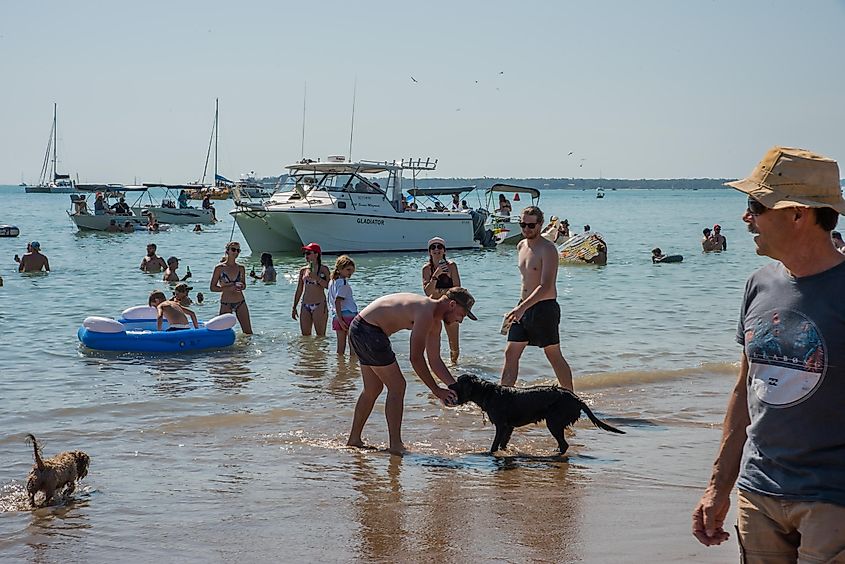
The Timor Sea is a relatively shallow sea that reaches a maximum depth of 3,300m and an average depth of 406m. The sea is situated close to the three gulfs namely the Beagle Gulf, the Van Diemen Gulf, and the Joseph Bonaparte Gulf on the north Australian coast. The city of Darwin which serves as the capital city of the Northern Territory of Australia is partly located on the shore of the Beagle Gulf and is a large settlement situated nearest to the Timor Sea.
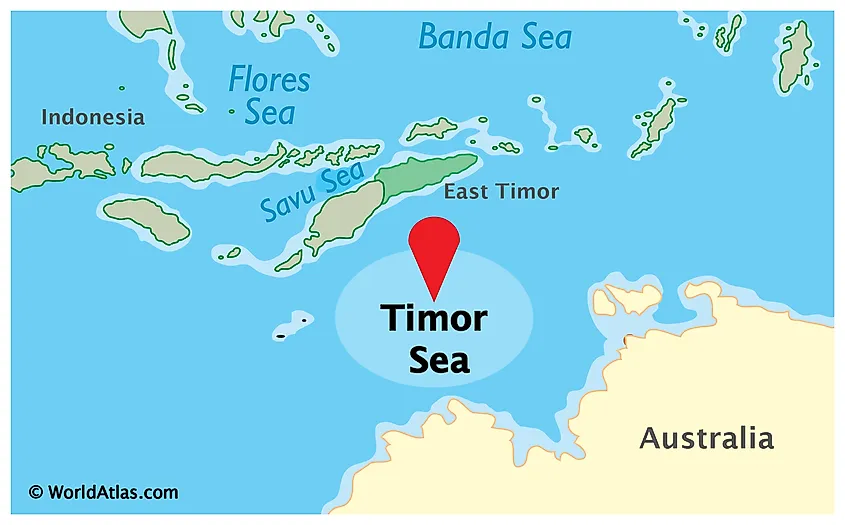
Located in the northern part of the Timor Sea, the Timor Trough is the deepest point of the Timor Sea that reaches a maximum depth of 3,300m. The remaining portion of the sea is comparatively much shallower as it is located over the Sahul Shelf that forms a part of the continental shelf of Australia. Occupying an area on the sloping seabed placed between the Timor Trough and the continental shelf is the Big Bank Shoals, where a large number of submerged banks are found. Some of the Northern Territory rivers that drain into the Timor Sea include Alligator Rivers, Dry River, Fish River, King River, and Victoria River. The Durack River, Forrest River, Ord River, and Pentecost River drains into the Timor Sea from the Kimberley region of Australia. The Timor Sea contains many uninhabited islands such as the Melville Island - which forms a part of the Tiwi Islands; and Ashmore and Cartier Islands. Many reefs like the Scott and Seringapatam Reefs and the Rowley Shoals are also located in the Timor Sea.
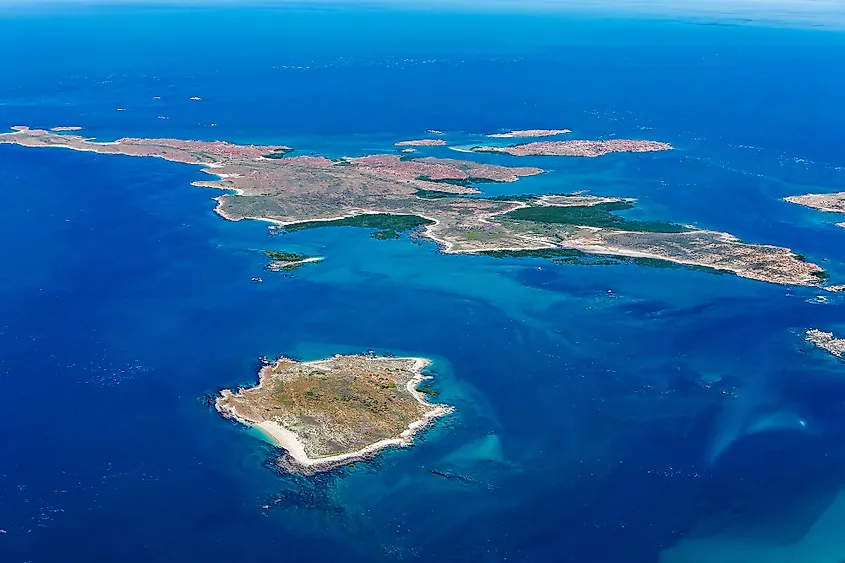
The Timor Sea is highly influenced by the monsoon belt and the southeast trade winds, and several tropical cyclones originate and pass through the Timor Sea. The sea also experiences the Timor Current, which runs from the south to west direction in the Timor Sea between Australia and the Malay Archipelago. This oceanic current pushes masses of water from the Pacific Ocean to the Indian Ocean.
Brief History
The Japanese navy conducted airstrikes on Australia from the ships in the Timor Sea during the 1940s and this attack led to the beginning of the Battle of Timor during the Second World War. The Timor Sea contains huge reserves of oil and natural gas and the Troubadour No. 1 Well was the first oil well that was drilled in June 1974. A gas pipeline crosses the Timor Sea from the Joint Petroleum Development Area to the Wickham Point in Australia’s Northern Territory. In 2009, the Timor Sea was the site of the largest oil spill in Australia where about 400 barrels of oil were leaked every day from the Montara oil field which lasted for more than 75 days. The sea currently contains many offshore projects where significant exploration activity takes place. The Bayu-Undan Project is currently the largest oil project in the Timor Sea.
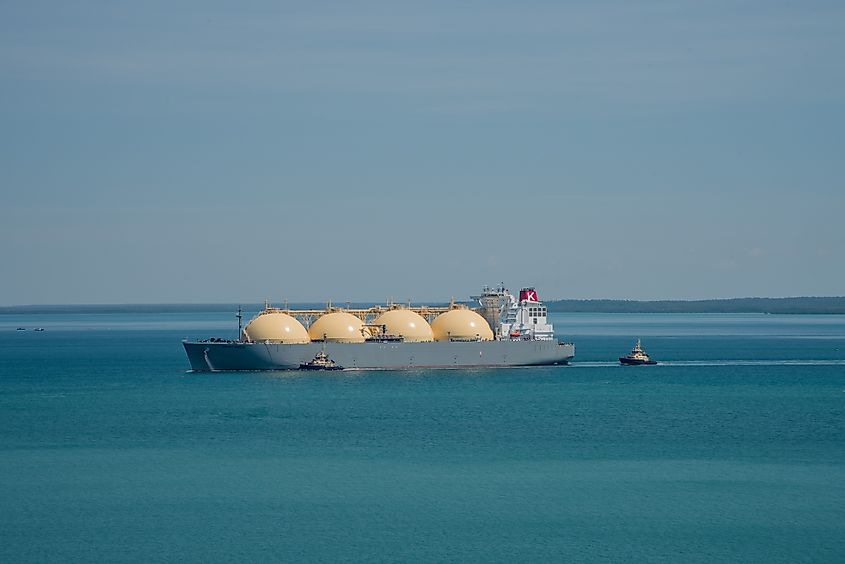
However, since the discovery of the hydrocarbon reserves in the Timor Sea in the 1970s, the area has been a matter of serious territorial dispute. In the initial years, the disputes involved the countries of Australia and Indonesia, which were eventually resolved through the signing of the Timor Gap Treaty in 1989. After the independence of East Timor, the terms of the Timor Gap Treaty were abandoned and new negotiations between Australia and East Timor led to the signing of the Timor Sea Treaty in 2002. In 2019, the Australia-Timor Leste Treaty established the maritime boundaries of both the countries in the Timor Sea.











